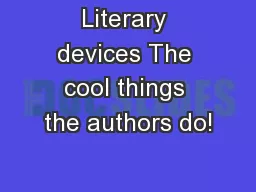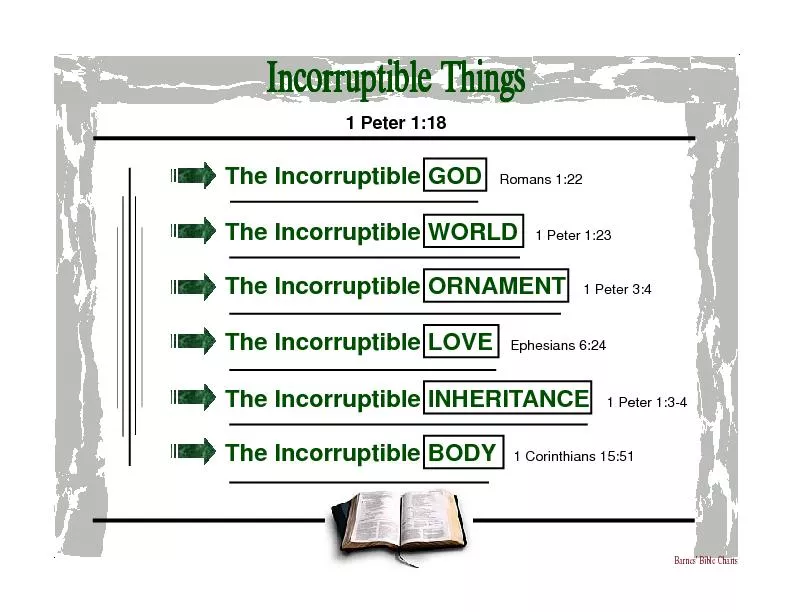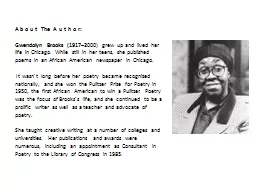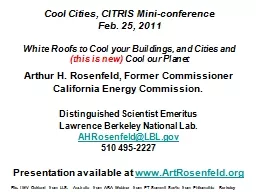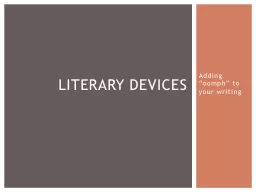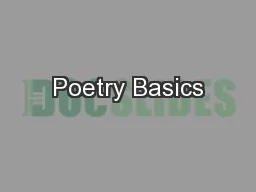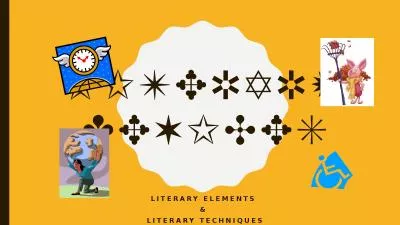PPT-Literary devices The cool things the authors do!
Author : calandra-battersby | Published Date : 2018-02-26
Imagery Imagery means painting a picture for your reader Authors use imagery to help their reader see the story in action Authors paint with words Ways to use imagery
Presentation Embed Code
Download Presentation
Download Presentation The PPT/PDF document "Literary devices The cool things the aut..." is the property of its rightful owner. Permission is granted to download and print the materials on this website for personal, non-commercial use only, and to display it on your personal computer provided you do not modify the materials and that you retain all copyright notices contained in the materials. By downloading content from our website, you accept the terms of this agreement.
Literary devices The cool things the authors do!: Transcript
Download Rules Of Document
"Literary devices The cool things the authors do!"The content belongs to its owner. You may download and print it for personal use, without modification, and keep all copyright notices. By downloading, you agree to these terms.
Related Documents

